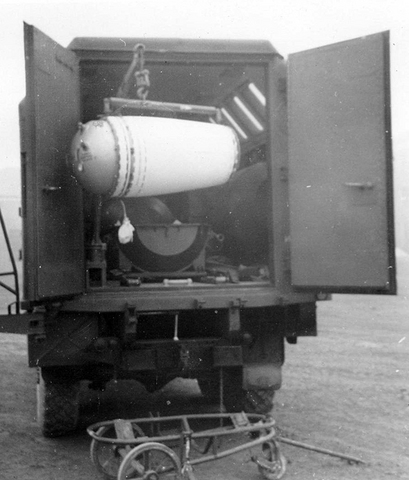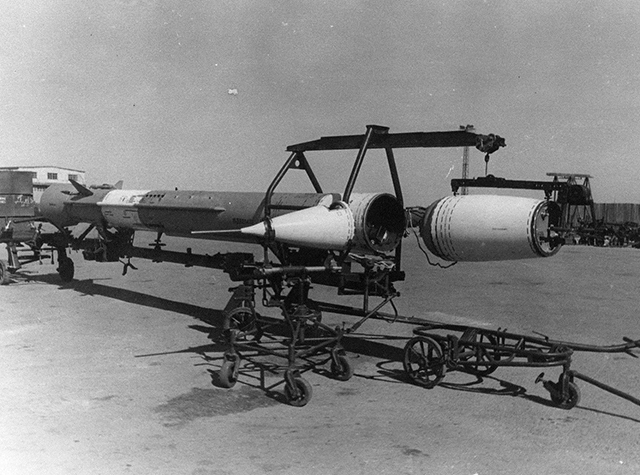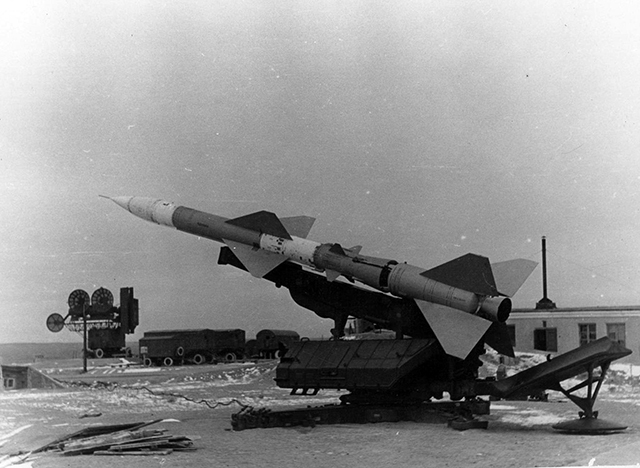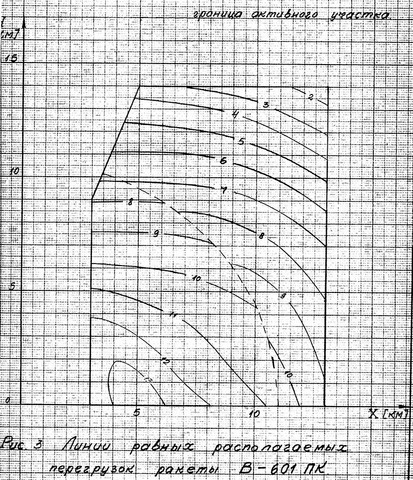Posted By: Redcoalition
Lock-On-Jam with S-75...how does it work? - 02/24/11 10:00 PM
I have a question, it's stupid, but still... I need to know the answer.
If i lock a jamming target with the S-75 using the T/T normal guidance mode, the missile will follow the target's elevation and heading?! Assuming that the answer is yes, then why, when I do this, the missile follows the angle of the target and its heading, however, loses signal and fails to explode, even though I'm sure that the target is within range?
I think i still didn't undertood the theoretical concept of the "anti-JAM" guidance. Sry if this question is too dumb
PS:. I think i undertood, but still need confirmation. The missile doesn't explode by himself, he needs the command for exploding or desactivating from the battery, is it right?
If i lock a jamming target with the S-75 using the T/T normal guidance mode, the missile will follow the target's elevation and heading?! Assuming that the answer is yes, then why, when I do this, the missile follows the angle of the target and its heading, however, loses signal and fails to explode, even though I'm sure that the target is within range?
I think i still didn't undertood the theoretical concept of the "anti-JAM" guidance. Sry if this question is too dumb
PS:. I think i undertood, but still need confirmation. The missile doesn't explode by himself, he needs the command for exploding or desactivating from the battery, is it right?











